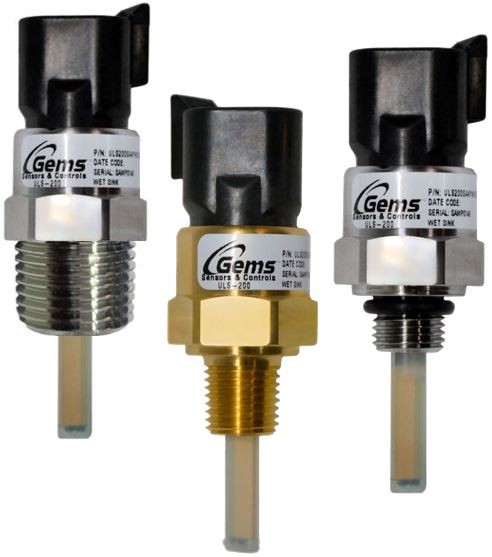Challenge:
Level sensors installed in heavy off-highway (OHV) equipment face numerous challenges due to harsh outdoor environmental conditions, such as extreme temperatures, dust, vibrations, and moisture. Here are some of those challenges:
Temperature variations: OHV equipment operates in extreme temperatures ranging from -40°C to 50°C. This can cause sensor failures and inaccurate readings.
Dust and debris: These industries often operate in extremely dusty and dirty environments. Dust and debris can interfere with sensors, causing them to malfunction or fail.
Vibration: Heavy equipment vibrates during operation, which can damage or displace sensors. This can lead to inaccurate readings or complete sensor failure.
Moisture and water: These applications are often exposed to moisture and water, which can corrode sensors and cause them to malfunction.
Solution:
To overcome these challenges, level sensors installed in OHV equipment must be designed to withstand harsh environmental conditions. The sensors must be sealed against dust and moisture, and they should be shock-resistant and vibration-proof. They should also have a wide operating temperature range and be able to withstand electrical interference. Additionally, regular maintenance and calibration of the sensors are essential to ensure accurate readings and prevent failures.
Introducing Gems' ULS-200 solid-state point level sensor!

Gems Sensors ULS-200 point level sensor has a sealed construction that meets the IP6k9k rating for high-pressure wash-downs. It can operate in a wide temperature range of -40° F to +257° F (-40° C to +125° C) and a high-pressure range of 300 PSIG (20 bar) to withstand even the most extreme conditions. Moreover, the ULS-200 is shock and vibration-resistant, making it the perfect choice for mobile applications.
The ULS-200 can be configured to meet your specific application needs, with options for no delay, 3 sec, 5 sec, or 10-second delays. This feature is especially useful for mobile equipment to prevent false signals caused by sloshing or turbulence. These configurations are standard and available when ordering – no need for specials and customized pricing!
The ULS-200 level sensor employs solid-state output for point-level sensing with high accuracy and repeatability. Unlike common float-type switches that are prone to wear and tear, this sensor has no mechanical moving parts and lasts much longer.
Overall, the ULS-200 point level sensor is an excellent choice for those looking for a long-lasting, reliable sensor that can operate in the harshest conditions.
 SEARCH OUR RESOURCE CENTER
SEARCH OUR RESOURCE CENTER

